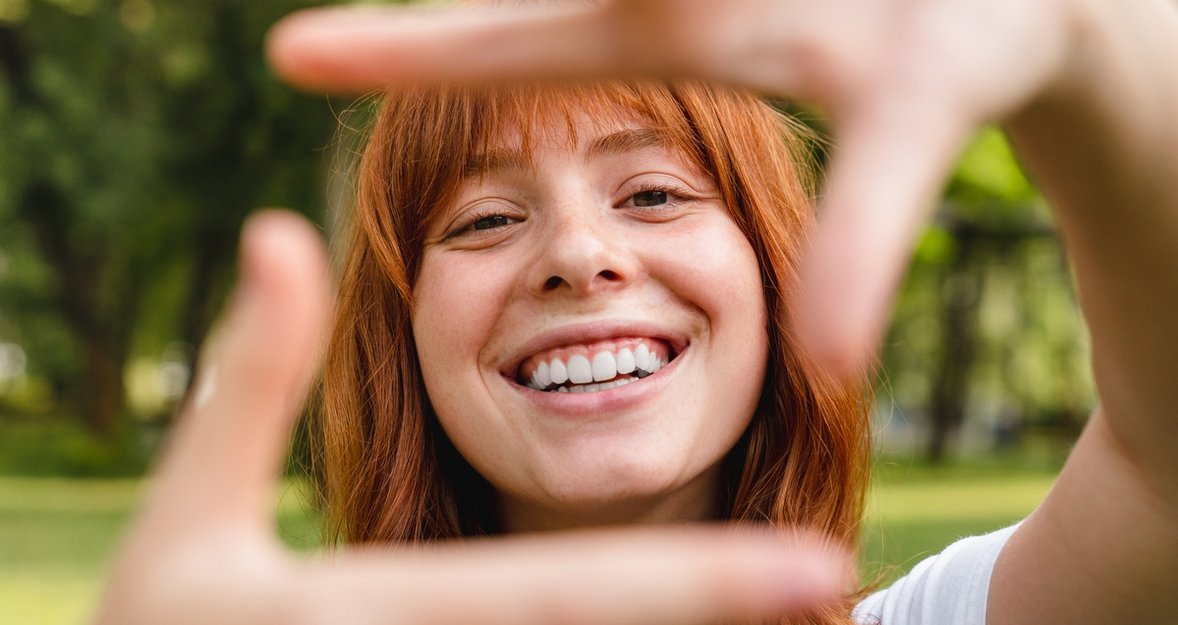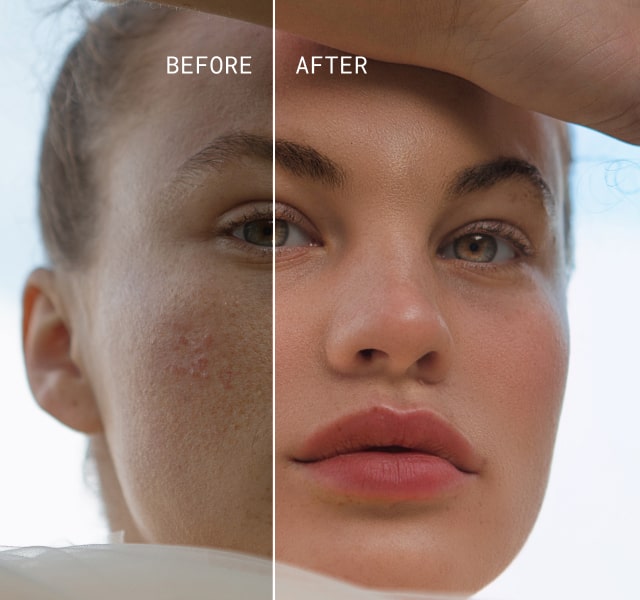How To Take Self Portraits That Don’t Feel Forced
June 17, 2025

Here’s how to take self-portraits that don’t make you want to delete them five seconds later.Let’s be honest: taking self portraits often feels awkward. You set up your camera, hit the timer, and suddenly forget how to be a person. It’s like your hands don’t know where to go, and every smile looks fake.
But here’s the truth—when you let go of the pressure and just experiment, self-portraits become something really special. They help you connect with yourself, build confidence, and even spark creativity in ways you didn’t expect.
This isn’t about trying to look “perfect.” It’s about capturing who you are—your mood, your energy, your story—in a photo. And once you learn how to take a portrait of yourself that feels real, not forced, you’ll want to do it again and again.
Why Bother With Self-Portraits?
 Some of the most creative photographers started their journeys alone—just them, a camera, and an idea. That’s the beauty of self-portraiture. You don’t need a team. You don’t need a studio. You just need the willingness to explore.
Some of the most creative photographers started their journeys alone—just them, a camera, and an idea. That’s the beauty of self-portraiture. You don’t need a team. You don’t need a studio. You just need the willingness to explore.
In the early days, you may feel unsure or self-conscious. That’s normal. But with time, you’ll realize the camera isn’t judging you—it’s just waiting for you to show up. And when you do, you learn not only photography skills but also how to see yourself from a new perspective. You begin to notice your best angles, how light touches your skin, and how emotions show up on your face. That’s why one of the best self portrait tips is to give yourself permission to take up space. This is your shoot, your rules.
Less Time Editing, More Time Creating
Try Aperty NowPrepare the Space and the Vibe
 Before you pick up the camera, set the scene. Play your favorite music. Close the door. Make your room your creative bubble. The goal? Feel free and relaxed. This isn’t a performance—it’s a private session between you and your camera.
Before you pick up the camera, set the scene. Play your favorite music. Close the door. Make your room your creative bubble. The goal? Feel free and relaxed. This isn’t a performance—it’s a private session between you and your camera.
Self-portrait sessions are like little rituals. Light a candle. Throw on a bold lipstick or your favorite hoodie. There are no wrong answers—just your mood, your vibe.
Light Is Everything
 Natural light is soft and forgiving. Sit near a window, shoot early morning or golden hour, and let the sun do the heavy lifting. Even a cloudy day can give you perfect, diffused lighting.
Natural light is soft and forgiving. Sit near a window, shoot early morning or golden hour, and let the sun do the heavy lifting. Even a cloudy day can give you perfect, diffused lighting.
If you’re working at night, try layering light sources—lamps, fairy lights, your phone’s flashlight—anything that adds dimension. This is where creative setups come in handy. Need inspiration? Peek at these Creative Night Portrait Ideas for Cinematic Looks. It’s amazing what you can do in low light when you lean into shadows and mood. And remember: the most flattering light usually comes from the side or front—not overhead.
Equipment: Start Simple
 You don’t need a fancy setup to get great results. In fact, many of the most striking self-portraits are shot on phones. One of the strongest self portrait techniques is just knowing how to use what you’ve got. Here’s what you’ll want:
You don’t need a fancy setup to get great results. In fact, many of the most striking self-portraits are shot on phones. One of the strongest self portrait techniques is just knowing how to use what you’ve got. Here’s what you’ll want:
A camera or phone with a timer or a remote shutter
A tripod, or a stack of books or boxes
A mirror (great for real-time posing feedback)
Optional: extra light source like a lamp or ring light
Frame and Shoot: Technical Tips
 Use the timer setting on your device. Ten seconds gives you time to get into position. If you have a remote shutter or camera app, it’s even better.
Use the timer setting on your device. Ten seconds gives you time to get into position. If you have a remote shutter or camera app, it’s even better.
Some apps or cameras allow burst mode—several shots in a row—which helps capture natural movements. You can also take short videos, then screenshot your favorite moments. It’s a great hack for catching motion or more spontaneous expressions.
No Limits, Just Creativity – Pick a Plan & Start Editing
See PlansHow To Pose Without Feeling Fake
 One reason self-portraits feel forced is that we try too hard to “pose.” Try this instead: move slowly. Dance, stretch, play with your hair. Let your body lead. Think of your session as a visual diary entry, not a photo shoot. Need ideas? Start with these:
One reason self-portraits feel forced is that we try too hard to “pose.” Try this instead: move slowly. Dance, stretch, play with your hair. Let your body lead. Think of your session as a visual diary entry, not a photo shoot. Need ideas? Start with these:
Cover part of your face with your hand
Look away from the camera
Sit with your back to the lens
Hug your knees or stretch your arms wide
You don’t need to show your full face to make a strong image. In fact, some of the most captivating shots come from subtle, cropped details. Even a shoulder, a lock of hair, or a silhouette is enough. You don’t always have to “be seen” to be felt.
Styling: Bring the Mood to Life
 Whether it’s oversized clothes, bold makeup, or a dramatic hair flip—styling gives your self-portrait a story. Here are some easy wins:
Whether it’s oversized clothes, bold makeup, or a dramatic hair flip—styling gives your self-portrait a story. Here are some easy wins:
Use textures—satin sheets, messy hair, layered sweaters
Add accessories—glasses, rings, scarves
Change your outfit mid-shoot to spark fresh ideas
Try one unexpected prop—a lamp, mirror, or plant
The key is to express a feeling. Even if you’re in pajamas, own it. And if you’re aiming for something a little extra, makeup can help bring contrast and definition. Even just highlighter and blush can elevate the look under the camera light.
Composition Ideas That Always Work
 Need a starting point? Here are a few setups you can try right now:
Need a starting point? Here are a few setups you can try right now:
Mirror reflection: Create depth by capturing both your face and your reflection.
Cropped close-up: Focus only on your lips, eyes, or hands for mystery and mood.
Against a plain wall: Clean, focused, and lets you experiment with body language.
Floor angle shot: Put your camera low and shoot upward for dramatic composition.
Profile in shadow: Highlight shapes rather than details.
Even if you’re just figuring out how to take a good self portrait, these ideas help you get creative fast.
Create More, Edit Less – Let AI Handle the Details
Try Aperty NowOvercoming the Internal Blocks
 Everyone struggles with some version of this: “I don’t look good enough.” It’s not about liking your face every day. It’s about learning to be okay with yourself as you are. Because how can you ever fully see someone else through your lens if you don’t know how to see yourself? Here’s what can help:
Everyone struggles with some version of this: “I don’t look good enough.” It’s not about liking your face every day. It’s about learning to be okay with yourself as you are. Because how can you ever fully see someone else through your lens if you don’t know how to see yourself? Here’s what can help:
Start without expectations. Don’t aim for “the perfect photo.”
Shoot for 20 minutes. Then stop. Look later with fresh eyes.
Don’t force smiles. Let emotions guide your expressions.
If you’re self-conscious, photograph just your hands, hair, or shadow.
Self-portraiture isn’t just a photo—it’s a conversation with yourself. One that deepens over time.
Make It a Habit, Not a Project
 Here’s the secret to natural self-portraits: do it often. Not everything needs to be planned. Some of the most expressive images happen by accident—while testing lighting, adjusting hair, or just goofing off.
Here’s the secret to natural self-portraits: do it often. Not everything needs to be planned. Some of the most expressive images happen by accident—while testing lighting, adjusting hair, or just goofing off.
Many artists don’t even start with a concept. They start shooting and let the concept reveal itself. So don’t wait for inspiration. Create space, hit record, and just begin.
Post-Production Tips to Finish the Mood
 Editing can help elevate your shots, but keep it light. Here’s a simple workflow:
Editing can help elevate your shots, but keep it light. Here’s a simple workflow:
First, tweak brightness and contrast.
Then adjust warmth and color.
Lightly retouch skin if needed.
Add grain or fade for a vintage touch.
If you want to add a little polish, a makeup picture editor can help refine skin texture or add subtle makeup touches.
Where to Look When You Feel Stuck
 Even seasoned photographers get blocked. Here’s how to find that spark again:
Even seasoned photographers get blocked. Here’s how to find that spark again:
Scroll through old photos and ask: “What do I want to feel today?”
Watch a movie and freeze scenes with interesting lighting
Search “#selfportrait” on Instagram or Pinterest
Look around your home—lamps, curtains, mirrors, and books can inspire a whole new concept
Use pets, partners, or handwritten notes as part of your shot
You can write on mirrors, using flowers from the yard, or even shoot with bedsheets as backdrops. You don’t need fancy ideas—just honest ones.
A Few Last Words
 So, what’s the best way to take a self portrait that doesn’t feel forced? It’s to stop trying so hard. Focus less on the result, more on the experience. Photograph how you feel, not how you think you should look.
So, what’s the best way to take a self portrait that doesn’t feel forced? It’s to stop trying so hard. Focus less on the result, more on the experience. Photograph how you feel, not how you think you should look.
Let your process be messy. Let your poses be weird. Let yourself experiment without needing every shot to be perfect. Because the more you shoot, the more you’ll see—your style, your growth, and your unique way of showing up in the world.
